1.Trapping nitrogen and sulphur oxides from industrial smoke emissions.
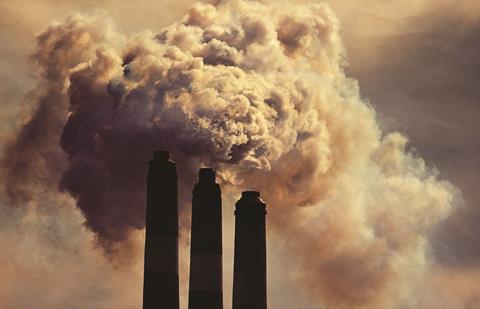
This method, when compared with other known methods, is notable for simple technology, high degree of cleaning (99-100%), and cost-efficiency.
In the proposed technology we use the sorbent which is the product of thermo-electric power station smoke wastes. These wastes are formed by shale burning. This sorbent, being the waste-product of other technology, is very accessible and cost-effective. It has a finely divided condition with a granule size of 70 mkm, point of toughness - 3,6 - 4; it can be easily unloaded from different reservoirs, and could also easily be dosed by a pneumatic disperser or pneumatic dose apparatus, further simplifying application of the sorbent.
This sorbent has a high sorption capacity (0.8 tons of SOx per 1 ton of sorbent) and an active alkaline neutralizing ability owing to the content of alkaline metals such as calcium, potassium, magnesium and sodium. Along with this, the sorbent shows properties of coagulant, flocculant, sorbent, chemical reagent (owing to the presence of oxides of a wide range of elements in the sorbent, including silicon, aluminium, iron, titanium and manganese) and catalyst of organic substance oxidation. In addition to the above-mentioned components, the sorbent contains many microelements, which could prove to be catalysts of various reactions that take place during the cleaning process.
All of this means that use of the proposed sorbent can provide not only a high degree of cleaning (up to 100%), but with the right knowledge can also influence structural processes and produce a solid residuum as a result of cleaning. The properties of this residuum are similar to portland-cement. It could be used in the construction of roads, etc.
Therefore, the proposed method provides a comprehensive solution to the ecological problem - we use the wastes of other processes that pollute areas around thermo-electric power stations which run on shale. This is a major ecological problem, because microelements that remain in shale ash after being washed away are converting to active forms. The active forms of microelements are the source of many serious diseases for people living in the vicinity of thermoelectric power stations.
After smoke emissions are cleaned of sulphur and nitrogen oxides and converted into solid residuum, the result is an ecological, clean building material. The technology is approbated in the course of semi-industrial tests on PO "Fosforit", Maardu, Estonia.
The method is protected by international patent:
RU2056935C1 Sorbent for extraction of inorganic and organic pollutants from medium and a method of extraction of inorganic and organic pollutants from medium using this sorbent.
2.Treatment of industrial waste waters
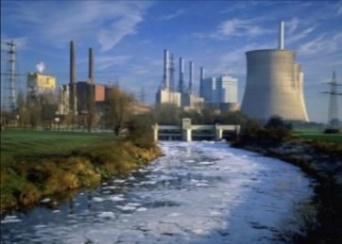
We have developed the technology for the treatment of industrial wastewater, which are produced by meat/fish processing, milk-processing plants, tanneries, textile and dyeing industries, electroplating facilities and steelworks, and other plants emitting pollutants.
Our technologies are based on the use of reagent-sorption processes, with the main reagents used being low-cost industrial waste generated by the cement and shale-processing industry; by some metallurgical industries; and by the burning of coal and peat. The reagents used are finely dispersed powders with a particle size of about 70 microns, which have undergone high-temperature processing up to 1500 °C.
The presence of the multi-element chemical composition of the reagent determines its exceptional qualities, which can be used in many practical applications, as has been shown by us and other researchers on a large range of industries.
The method and sorbent are protected by international patent:
RU2056935C1 Sorbent for extraction of inorganic and organic pollutants from medium and a method of extraction of inorganic and organic pollutants from medium using this sorbent.
RU2008268C1 Process for removal of fatty matters from sewage.
3.Utilisation of radionuclides
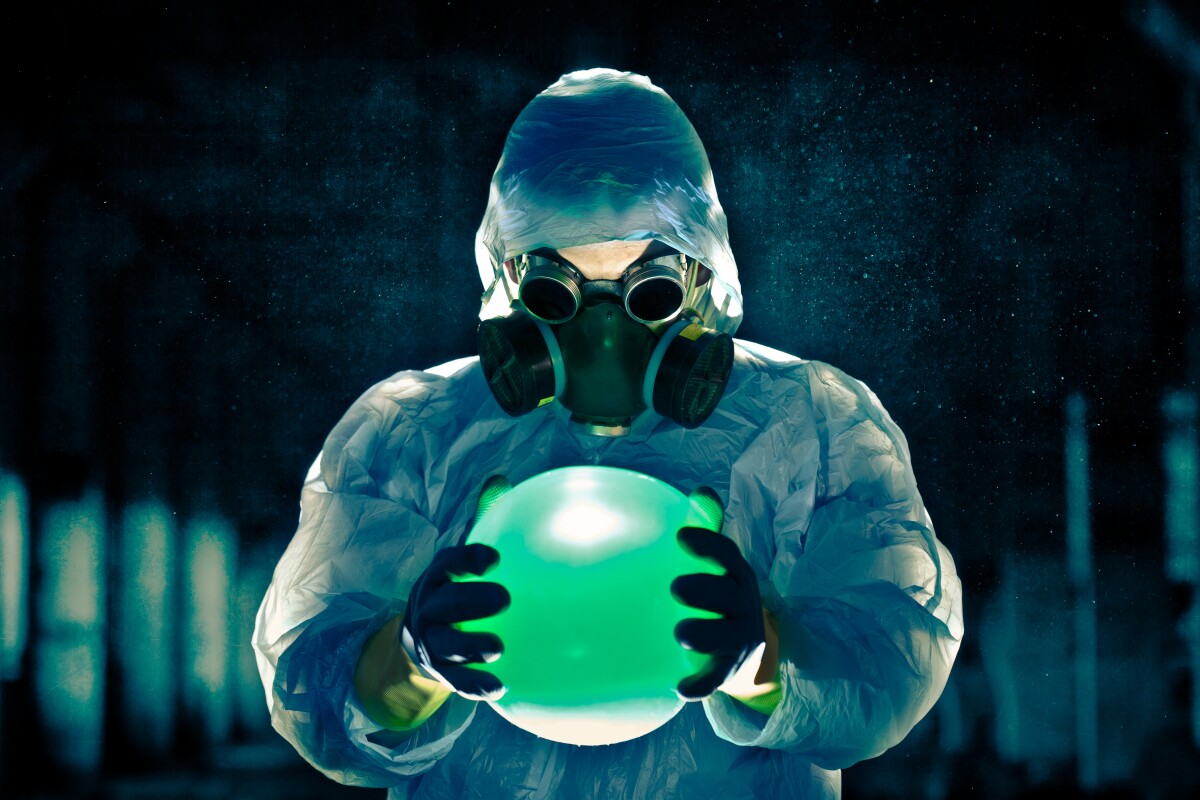
The problem of minimizing the volumes of generated liquid radioactive waste (RW) is one of the key issues in the nuclear industry.
Liquid radioactive waste is usually stored in septic tanks or in the form of special glasses. The containers corrode, which leads to the need for constant monitoring, while the glasses are crystallized with the gradual leaching of radioactive components from them.
By our assessment, the development of technologies for converting liquid radioactive waste into mineral-like matrices is very promising.
We propose the technology of utilization of liquid wastes and their solidification in one process, using our suggested sorbent with its unique properties, eliminating the risk of possible accidents during the extraction process and subsequent release of radioactive contaminants to the environment.
An efficient, cheap and extremely simple method allows cleaning of industrial effluent contaminated with radionuclides, for example during washing contaminated metal of atomic reactors and other equipment, in order to reuse purified industrial effluent for technical and technological purposes - by discharging them to wastewater treatment plants - or natural and economic uses, such as domestic reservoirs.
It allows treatment of the resulting sludge, with the purpose of its disposal, by turning it into a solid (lithification) with a maximum decrease in radiation power (radiant energy), and and thenceforth disposed of using existing radiation safety technologies.
Existing methods of cleaning industrial wastes from radionuclides and processing of precipitates require huge costs and sophisticated equipment and are carried out using complex technologies.
With the aim of reducing listed costs, laboratory-, industrial-, and pilot-tests of our sorbent were carried out on industrial wastewater containing radionuclides, which are formed during equipment deactivation and when washing fish at fish-canning plants, for example, in Pärnu. The tests have shown the high efficiency of our proposed technology.
The method and sorbent are protected by international patent:
RU2056935C1 Sorbent for extraction of inorganic and organic pollutants from medium and a method of extraction of inorganic and organic pollutants from medium using this sorbent.
4. Comprehensive solution of ecological issues on sites producing and refining crude oil
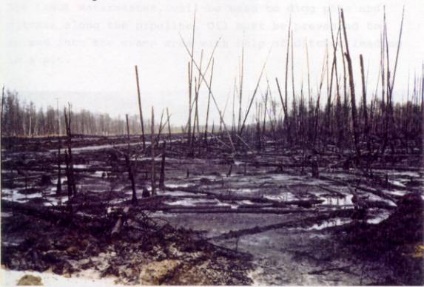
The BJ-16 project is the intellectual property of VarTech Company. Our company is the author and executor of this project. The international patent and exclusive rights in the CIS are the outcome of significant financial and intellectual investments made by VarTech Company dating back to 1989.
The BJ-16 project envisages the industrial recovery of oil from the surface of water and soil, its on-the-spot preliminary purification, and subsequent pumping into the production pipeline. The equipment for said project, adapted for the natural climatic conditions prevalent in the CIS, has been developed by our company, together with a Finnish manufacturing company.
The BJ-16 project has been elaborated in detail. As a result, the project itself, and technological economic documentation for realization of phased works during a five-year period, with the use of Western and domestic equipment at the estimated cost of 170 million USD are in place; also available is the necessary contractual basis (in need of updating) with Western and Russian partners.
The project has been supported by the Government of the Russian Federation, with two respective decrees issued by the Council of Ministers. The project envisages the development and use of domestic and western scientific-technological bases under the scheme: recovery of pollutants, their recycling, and reclamation of soils and reservoirs.
According to the survey of the State Mines Technical Supervision of the Russian Federation, Russia annually witnesses ca. 30 thousand breakdowns on oil production pipelines, and 50 breakdowns on main oil pipelines. The long years of operating the oil refineries have resulted in significant volumes of oil slime, fuel oil spreads and soil polluted by fuel oil. The rivers flowing in the regions of oil extraction and oil refineries have been saturated with crude oil, becoming proverbial "oil bearing rivers"; the most dramatic example of this is the River Ob. The impending danger of cross-border transfer of pollution, including into the Arctic Ocean is abundantly evident at this point in time. The scales and consequences of this ecological calamity, as assessed by experts, compare only to the Chernobyl disaster.
5. Low-waste processing of Siberian wood. P-vitamin from Larch Timber.

Supplemental to factors otherwise crucial for the physical health of mankind (habitat, nutrition, immune system), active antioxidants occupy a prominent place. A complete cycle of research into the therapeutic value of antioxidants was developed and approved as early as 1950. Thereafter DHQ (taxifolin) was acknowledged as the most important Р-vitamin with regards to the human organism.
It has been established with certainty that Р-vitamins are responsible for the capacity to resist pathologies and viral diseases of various living organisms.
In view of outstanding performance of DHQ, it has been assigned as a mandatory component for people in emergency situations, those engaged in top priority missions, and anyone subjected to high doses of electromagnetic radiation, nuclear radiation, viral infection, or physical overload.
DHQ is one of natural Р-vitamins, which cannot be manufactured synthetically. DHQ is a standard against which other antioxidants, including synthetic ones, can be measured.
However, wider application of DHQ is currently impeded by its prohibitive price. This is due to rare or costly raw materials from which DHQ is derived (such as the wood of abies balsamea/tsuga canadensis and Boulogne pine, rose petals, Japanese cherry blossoms, and grape blossoms), having low antioxidant content, and demanding sophisticated technology for the extraction of a highly purified preparation.
We have at our disposal a highly efficient technology of DHQ extraction from an astoundingly cheap raw material, namely Siberian larch (Russia).
As a result, a collaboration was successfully negotiated between VarTech Company (as investor and manager of introduction) and Company as holder of the patent and resources of Siberian Larch for location of production in Estonia.


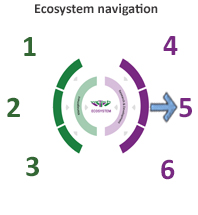


 This method, when compared with other known methods, is notable for simple technology, high degree of cleaning (99-100%), and cost-efficiency.
This method, when compared with other known methods, is notable for simple technology, high degree of cleaning (99-100%), and cost-efficiency. We have developed the technology for the treatment of industrial wastewater, which are produced by meat/fish processing, milk-processing plants, tanneries, textile and dyeing industries, electroplating facilities and steelworks, and other plants emitting pollutants.
We have developed the technology for the treatment of industrial wastewater, which are produced by meat/fish processing, milk-processing plants, tanneries, textile and dyeing industries, electroplating facilities and steelworks, and other plants emitting pollutants. The problem of minimizing the volumes of generated liquid radioactive waste (RW) is one of the key issues in the nuclear industry.
Liquid radioactive waste is usually stored in septic tanks or in the form of special glasses. The containers corrode, which leads to the need for constant monitoring, while the glasses are crystallized with the gradual leaching of radioactive components from them.
The problem of minimizing the volumes of generated liquid radioactive waste (RW) is one of the key issues in the nuclear industry.
Liquid radioactive waste is usually stored in septic tanks or in the form of special glasses. The containers corrode, which leads to the need for constant monitoring, while the glasses are crystallized with the gradual leaching of radioactive components from them. The BJ-16 project is the intellectual property of VarTech Company. Our company is the author and executor of this project. The international patent and exclusive rights in the CIS are the outcome of significant financial and intellectual investments made by VarTech Company dating back to 1989.
The BJ-16 project is the intellectual property of VarTech Company. Our company is the author and executor of this project. The international patent and exclusive rights in the CIS are the outcome of significant financial and intellectual investments made by VarTech Company dating back to 1989. Supplemental to factors otherwise crucial for the physical health of mankind (habitat, nutrition, immune system), active antioxidants occupy a prominent place. A complete cycle of research into the therapeutic value of antioxidants was developed and approved as early as 1950. Thereafter DHQ (taxifolin) was acknowledged as the most important Р-vitamin with regards to the human organism.
Supplemental to factors otherwise crucial for the physical health of mankind (habitat, nutrition, immune system), active antioxidants occupy a prominent place. A complete cycle of research into the therapeutic value of antioxidants was developed and approved as early as 1950. Thereafter DHQ (taxifolin) was acknowledged as the most important Р-vitamin with regards to the human organism.